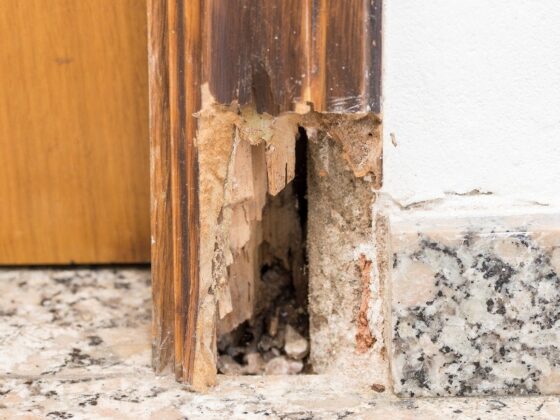In the past few years, our health has been in focus more than ever. We saw the importance of freedom of movement and walking only when all of that was impossible for us. Even before the covid crisis, and especially since then, most of us had apps on our smartphones that measure steps.
The Magic Number Of 10,000

We look at pedometers, apps, and smartwatches, count, and sweat to reach the magic number of 10,000 because we’ve all heard that we should walk 10,000 steps a day in order to improve and positively affect our health.
This widely accepted goal was not created as a result of scientific research. Actually, the figure of 10,000 steps is arbitrary because it was created as part of a marketing campaign. The number 10,000 dates back to a marketing campaign launched at the start of the 1964 Tokyo Olympics.
Japanese company started selling a pedometer called ‘Manpo-kei’, which is actually a compound of three words, meaning 10,000 steps meter. It was a huge success and people got hooked.
“The goal of 10,000 steps came about as it was catchy, easy to remember, and above the average daily steps for most people. It was challenging but achievable to many people.”- says Thomas Hirai, MD, medical director at the bariatric and metabolic health center at O’Connor Hospital in San Jose, California.
The Japanese symbol for the number 10,000 looks like a man walking, but is that the norm for health and weight loss? No one can confirm that exactly this number of steps is what we need for good health because it cannot be the same for all health and age categories of people.
The number of calories burned by walking varies from person to person. It depends on your weight, stride length, how physically fit you are, how fast you walk, whether you walk uphill or not, and the geographical area.
Harsh Reality

10,000 steps are not enough to lose weight. This number of steps is good for our heart, our fitness level, mood, and body in general, but if your goal is to lose weight, the truth is that you will actually need to move a lot more and have a proper diet.
If you want to lose weight, you have to burn more calories than you eat. We typically lose between 60 and 80 calories per hour while sitting, and 100-120 calories per hour while walking. That should mean you burn an extra 100-200 calories a day. Many think that they have already achieved a lot, so they eat high-calorie meals.
We usually eat more when we think we’re active because we give ourselves permission to eat foods with more calories, which we don’t burn later. If you’re really hungry after 10,000 steps, reach for something that has a high energy value, like nuts.
Don’t Give Up

10,000 steps a day burns about 500 calories – the same as a serving of fries from a fast-food restaurant, which is not a waste, but if you choose walking instead of public transport and cars, it will keep you more active and mentally healthy.
Burning fat and more calories mean real exercise, with an elevated heart rate and 15,000-20,000 steps per day. Only then will you start to see results on the scale. It’s always good to combine walking with a slightly more dynamic form of exercise, whether it’s HIIT training (high-intensity interval training), running, cycling, or swimming.
Although a daily goal of 10,000 steps is not universally suitable for all age groups and levels of fitness levels, it is considered a “reasonable target for healthy adults.” So step forward and enjoy your walk.


